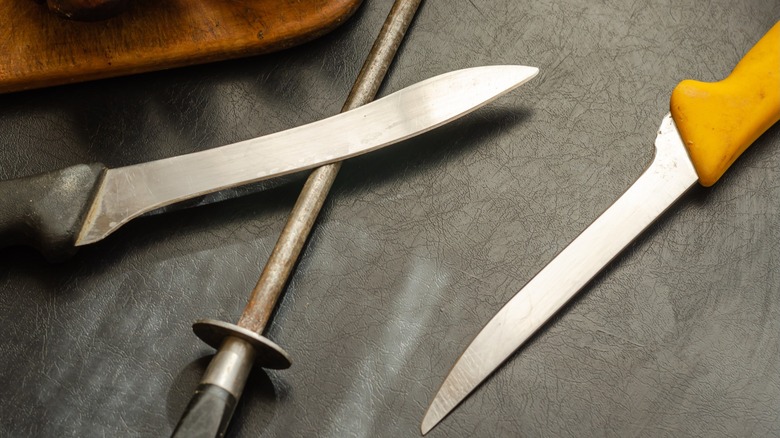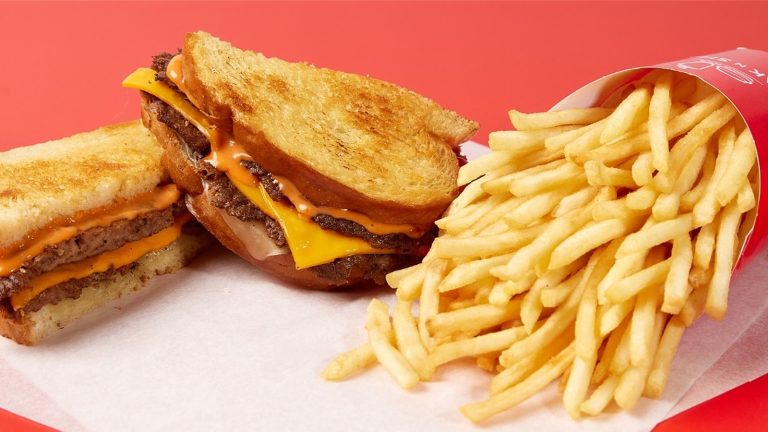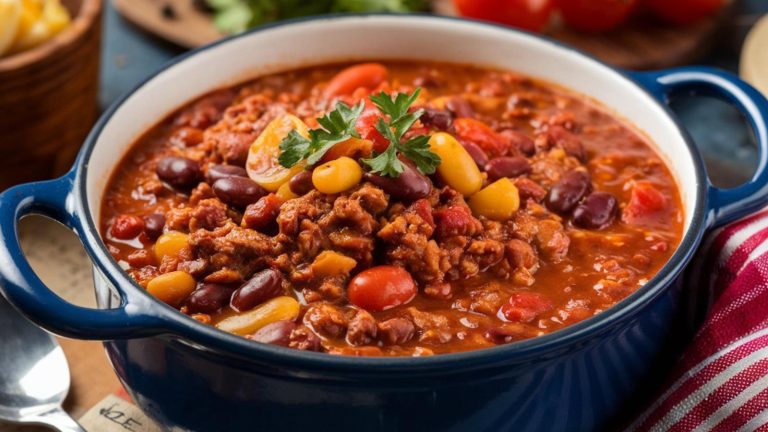Most chefs will agree that nothing is more indispensable than a good kitchen knife. The ubiquitous chef’s knife is the first one most reach for — even Anthony Bourdain claimed that his secret weapon in the kitchen was his Global G-2 8-inch chef knife. But what of all the chef’s knives’ baby cousins? Many of us don’t know their names let alone what they are made for. Two of these knives in particular can look so similar at times that one could be forgiven for using them interchangeably, but this is actually a grave mistake. The paring knife and the boning knife may occasionally look alike, but they are built for different purposes. And though they are close in size, if you take a closer look, it’s easy to tell the difference by looking at the types of blades they have.
A paring knife is small (typically no longer than 3 ½ inches) with a very sharp blade and a pointed tip, whereas a boning knife is longer (between 5 and 6 inches), thinner, and has quite a different shape from a paring knife. Let’s unpack the differences between them.
Paring knives versus boning knives
Put simply, a paring knife is for fruits and vegetables. It’s useful not only for cutting but for mincing or dicing, and it’s the knife you want to reach for when peeling apples or oranges. Because of its smaller size and sharper blade, it’s also the best knife to use for intricate work like creating garnishes and taking the seeds out of fruits and vegetables. Paring knives may have straight, curved, or serrated blades, and which one you reach for depends on the task. A serrated paring knife, for example, is perfect for cutting citrus, and a curved paring knife, otherwise known as a tourné knife, is ideal for fine peeling and making garnishes. Your paring knives won’t do as well cutting larger and tougher vegetables like carrots or sweet potatoes.
The boning knife (as the name suggests) is used for cutting and deboning meat. If you don’t eat a lot of meat, you may wonder if you really need a boning knife. The answer depends on how technical you plan to get with your meat prep. The shape of this knife (longer, thinner) makes it easier to move with the contours of bone, and make sure you get as much meat off of it as possible.
There are two types of boning knives, and like the various paring knives, which one you use depends on what you will be using it for. A boning knife used for removing skin and bones from fish and chicken has a flexible blade that makes it easy to move with the curves of bones. A boning knife used for thicker cuts of meat like pork and beef has a hard, inflexible blade that is designed to apply more force when cutting. In the end, you wouldn’t use a boning knife to do a paring knife’s job, and vice versa.






